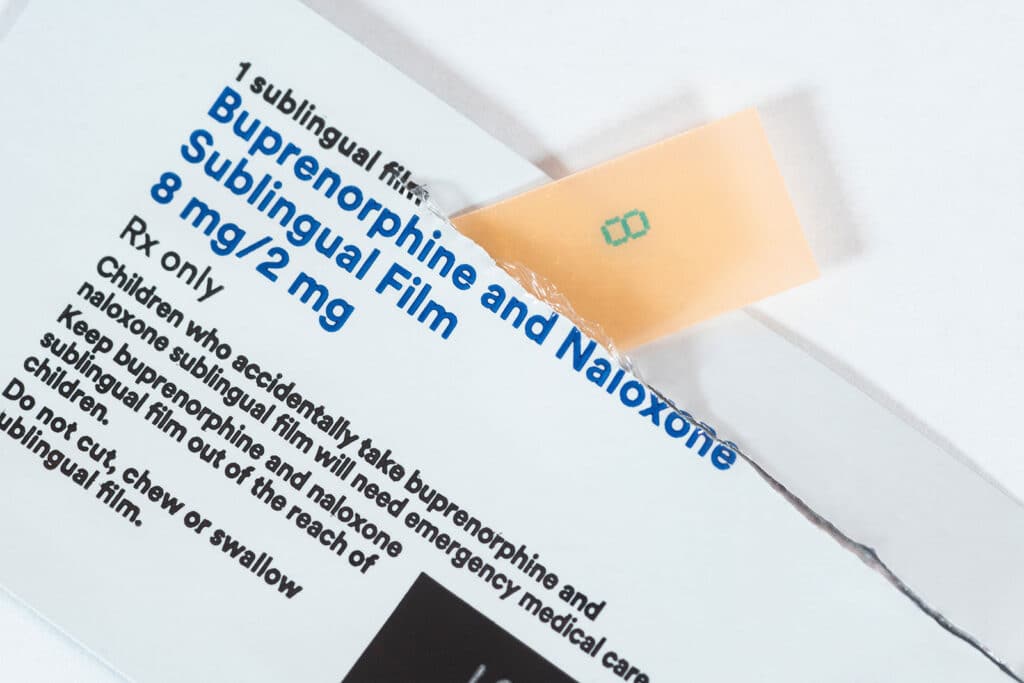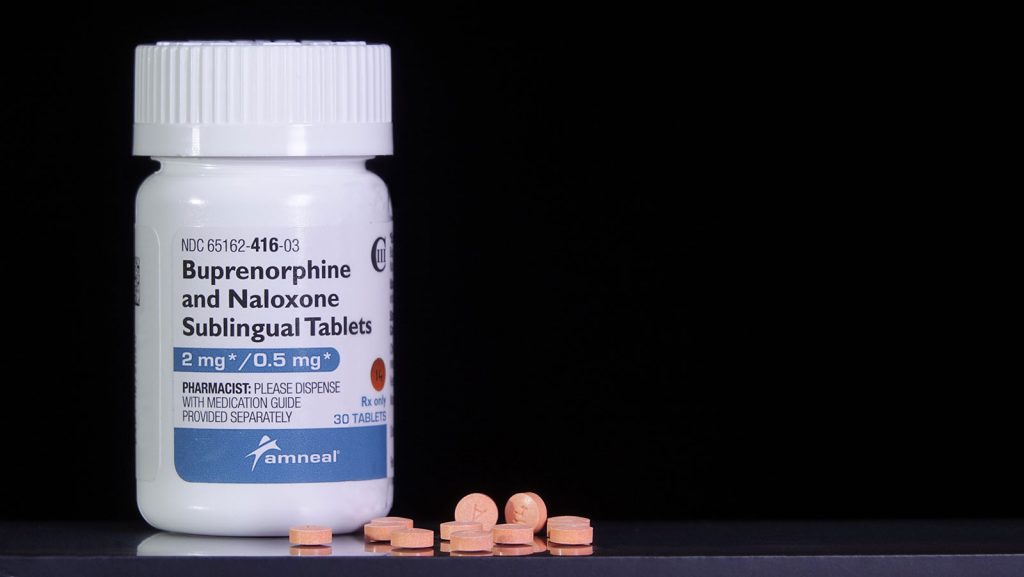If you’re exploring treatment options for opioid addiction, you may have come across the terms buprenorphine and Suboxone. While closely related, they are not exactly the same. Understanding the differences between the two can help you make an informed decision about your addiction treatment plan.
Table of Contents
What Is Buprenorphine?
Buprenorphine is a partial opioid agonist, which means it binds to the brain’s opioid receptors but activates them less intensely than full opioids like oxycodone, heroin, or fentanyl. Because of this, it helps reduce cravings, opioid withdrawal symptoms, and the effects of opioids without producing the same high.
Approved by the Food and Drug Administration (FDA), buprenorphine is used in medication-assisted treatment (MAT) for opioid use disorder (OUD) and is also prescribed in some cases for pain management. It comes in several formulations, including:
- Sublingual tablets (placed under the tongue)
- Buccal films (placed between the cheek and gums)
- Injections (like Sublocade for extended-release)
- Brand names like Subutex, Zubsolv, and Bunavail

What Is Suboxone?
Suboxone is a brand name medication that combines buprenorphine with naloxone, an opioid antagonist. Naloxone is included to discourage misuse. If someone tries to inject Suboxone, the naloxone component can block the euphoric effects and trigger withdrawal.
Suboxone is most commonly administered as a sublingual film, but it also comes in tablets. It’s a preferred option in many MAT programs because of its effectiveness and safety profile when taken as prescribed.
Key Differences Between Buprenorphine and Suboxone
| Feature | Buprenorphine Only (e.g., Subutex) | Suboxone (Buprenorphine + Naloxone) |
| Contains Naloxone | No | Yes |
| Risk of Misuse | Higher | Lower (deterrent effect of naloxone) |
| Common Formulation | Tablet | Film or tablet |
| FDA Approval for OUD | Yes | Yes |
| Often Used During Detox | Yes (especially early stages) | Yes (maintenance treatment) |
Why Is Naloxone Added?
Naloxone doesn’t affect the therapeutic benefits of Suboxone when taken properly. However, it plays a critical role in reducing the risk of misuse. Naloxone is inactive when taken sublingually, but if the drug is injected, it rapidly blocks opioid effects, helping prevent opioid overdose and abuse.
Similarities in Effectiveness
Both buprenorphine and Suboxone are effective at:
- Reducing opioid cravings
- Easing withdrawal symptoms
- Supporting long-term recovery in opioid addiction treatment
These medications are most effective when used as part of a comprehensive treatment program that includes counseling, mental health support, and regular check-ins with a healthcare provider.

Side Effects and Interactions
Common side effects of buprenorphine or Suboxone include:
- Constipation
- Drowsiness
- Headache
- Nausea
- Sweating
Caution is advised when combining these medications with benzodiazepines, alcohol, or other sedatives, as these combinations can be dangerous and even life-threatening. Always consult your healthcare professional before starting or adjusting any treatment plan.
Takeaway
At Recreate Life Counseling, we recognize the importance of understanding the distinctions between buprenorphine and Suboxone in the context of opioid addiction treatment. Suboxone, a combination of buprenorphine and naloxone, is a cornerstone of our medication-assisted treatment (MAT) programs. By integrating MAT with comprehensive counseling and behavioral therapies, we address both the physical and psychological aspects of opioid use disorder. Our personalized approach ensures that each individual receives the support and care necessary to achieve lasting recovery.
Final Thoughts
While buprenorphine and Suboxone are closely related, the presence of naloxone in Suboxone is a significant distinction. This added safeguard makes Suboxone a safer option for many people in recovery from opioid dependence.
Choosing the right medication for opioid use disorder depends on your medical conditions, history of drug use, and goals for recovery. Talk to a healthcare provider or addiction specialist to determine which medication is best for you.
Remember, recovery is a journey, and finding the right treatment options is a key step toward improving your health, safety, and quality of life.
Published on: 2025-04-30
Updated on: 2025-05-30



